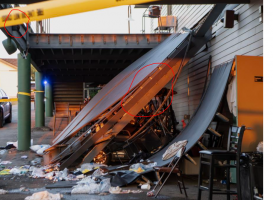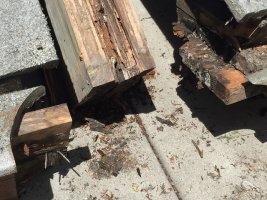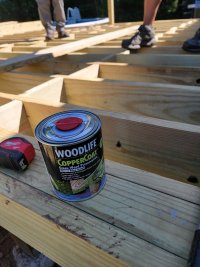jar546
CBO
The patio floor of the second-story at Billings’ Briarwood Country Club collapsed on Saturday evening. As a result, several people suffered injuries including head wounds and broken ribs, with individuals landing on one another amidst debris and food scattered on the grass adjacent to the golf course.
According to a police statement, there were no fatalities. However, multiple individuals sustained injuries. The exact cause of the collapse remains undetermined.
Lt. Matt Lennick of the Billings Police Department reported that 25 people were taken to local hospitals, eight received on-site treatment, and others might have been injured. A guest at the event, who suffered bruised ribs after landing on another attendee, estimated that around 40 people were on the deck when it collapsed.
Dr. Clint Seger, the CEO of Billings Clinic, mentioned that they initially received six patients, with more anticipated. A separate report from the Billings Gazette stated that the clinic admitted 11 victims. Dr. Seger added that they had a team of trauma surgeons, ER doctors, and critical care staff ready to assist incoming patients.
The Briarwood Country Club, established in 1984, provides services like golf, dining, and swimming, as per its official website.
According to a police statement, there were no fatalities. However, multiple individuals sustained injuries. The exact cause of the collapse remains undetermined.
Lt. Matt Lennick of the Billings Police Department reported that 25 people were taken to local hospitals, eight received on-site treatment, and others might have been injured. A guest at the event, who suffered bruised ribs after landing on another attendee, estimated that around 40 people were on the deck when it collapsed.
Dr. Clint Seger, the CEO of Billings Clinic, mentioned that they initially received six patients, with more anticipated. A separate report from the Billings Gazette stated that the clinic admitted 11 victims. Dr. Seger added that they had a team of trauma surgeons, ER doctors, and critical care staff ready to assist incoming patients.
The Briarwood Country Club, established in 1984, provides services like golf, dining, and swimming, as per its official website.





